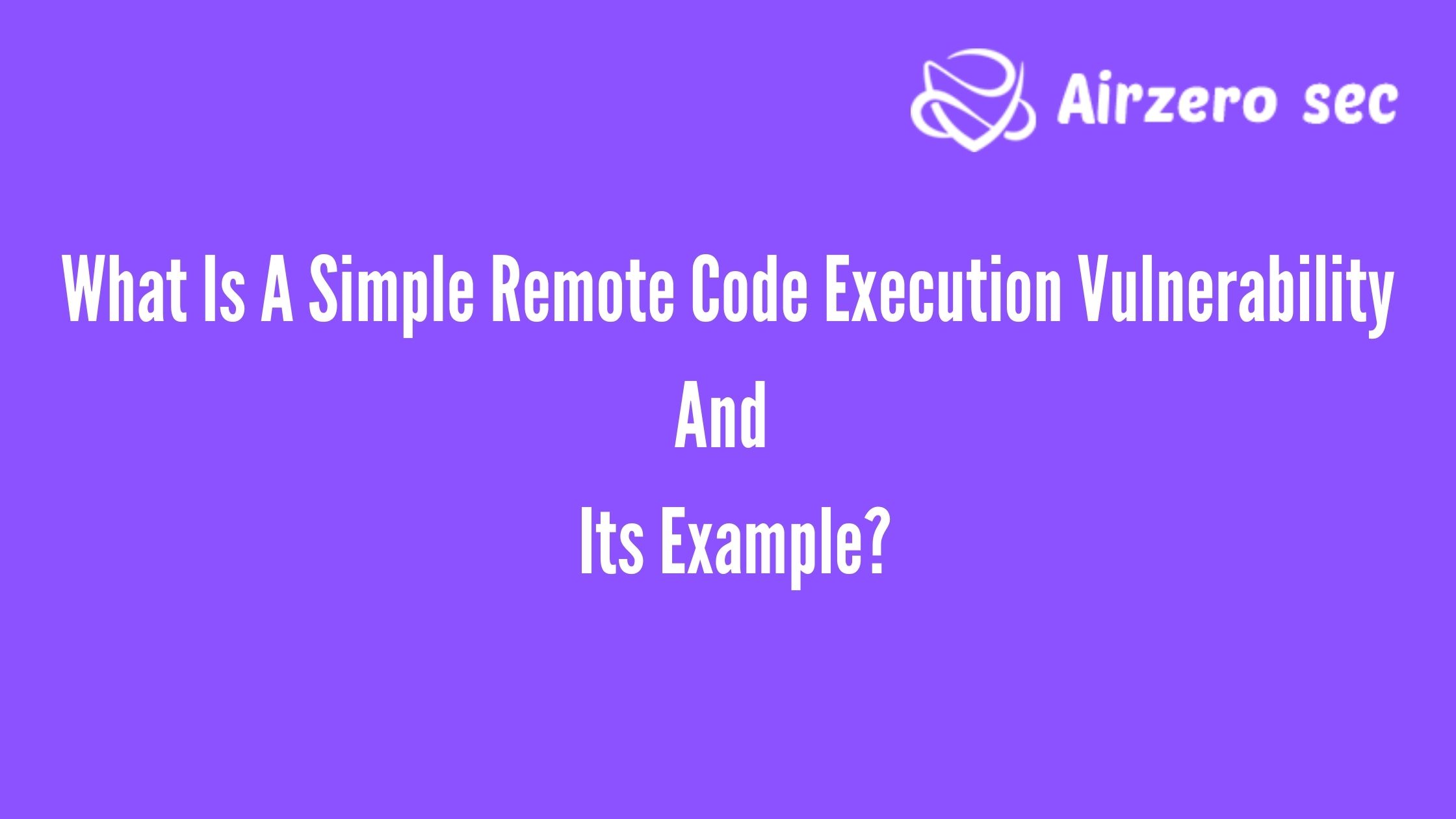In IT operations, guaranteeing secure and reliable information over different networks is a critical necessity. IT administrators have to rely on different protocols, networking most suitable practices, and network monitoring devices to ensure the flow of data in a network meets various standards for security and Quality of Service. One of these general practices is known as packet sniffing, which supports IT administrators, in keeping track of packets and ensuring they’re assigned smoothly. While the packet sniffing method is often connected with cyberattacks, it’s usually used by internet service providers, government agencies, advertisers, and even big companies for network monitoring. In this blog, we’ll examine packet sniffing in particular and also explore frequently used accessories by IT practitioners.
What Are Packets, And Why Do We Need Packet Sniffers?
All networks consist of various components, such as workstations, servers, networking hardware, and more. In the networking terminology, all these elements are called nodes. A healthy network combination guarantees the data between these nodes is transported reliably and at an adequate speed according to the bandwidth and throughput of the network. While most of the popular networks have physical or nervous connections, new networks are a mix of physical and wireless attachments. However, the thoughts of data transfer in all such networks remain the same.
In networking, the data is sold in the form of packets, or small pieces of data. These packets vary in their format, depending on the network protocol. In addition to the original message or data, all packets include control information designed to help in the transfer of packets from source to target. The control data is needed as packets intended to be transferred to a specific node often pass through various nodes in a network and can end up at the wrong node. The control data includes IP addresses of the sender and the recipient, packet sequencing data, and more to secure packets to reach the right end. However, the removal of packets in a network can get disturbed due to various issues and network errors.
In protocols like TCP, there’s no inherent mechanism to obtain the packets lost in transmission. However, network engineers use the protocol in only fault-sophisticated networks, where needs below certain thresholds are adequate and don’t influence communication. However, in protocols like UDP, the sender proceeds to resend the packet till it takes the letter of receipt from the receiver. While it combines reliability with transmission, it also increases resource damage. If left unchecked, it can start important delays in overall transmission rates. This is where packet sniffers offer a solution.
With a packet sniffer, sometimes also called a packet analyzer, network administrators can control their network traffic and gain important insights about their support and its appearance. It allows them to hold the traffic flow in a network and also recognize which applications are using the maximum bandwidth.
How Do Packet Sniffers Work?
As explained above, when a sender transmits data packets, the packets pass through various nodes in a network. Each network adapter and the connected device measure a packet’s control data to see what node the packet is headed toward. Under normal circumstances, if a node finds the packet is directed to some other node, it drops or neglects the packet. However, in packet sniffing, certain nodes are added to not follow this regular practice and get all or a limited sample of packets, irrespective of their target address. The packet sniffers use these packets for the analysis of a network.
Depending on who’s using the packet sniffers, it can have both real and negative use cases. Intimidation actors can obtain critical data from unencrypted communications. Many times users logging into websites over unencrypted communication expose their credentials in plain text, which can be easily prevented by packet sniffers. However, packet sniffing also provides many benefits we’ll discuss later in this blog.
What are the different types of packet sniffers?
There are two important types of packet sniffers:
Hardware Packet Sniffers
As the name implies, it’s a hardware element plugged into a network for packet sniffing or network analysis purposes. Hardware packet sniffers are generally used when network managers have to analyze or monitor a distinct segment of a large network. With a physical connection, these packet sniffers provide administrators to ensure all packets are taken without any loss due to routing, filtering, or any other network issue. A hardware packet sniffer can have the ability to save the packets, or they can be added to forward all captured packers to a centralized location for further analysis.
Software Packet Sniffers
Software Packet Sniffers are the more general type of packet sniffers used by many companies. Every computer or node attaches to the network using a Network Interface Card, which is usually configured to neglect the packets not addressed to it. However, a Software Packet Sniffer develops this behaviour, so one can take every bit of network traffic for analysis. The NIC configuration is known as promiscuous mode. The volume of data collected depends on whether the packet sniffer is set in filtered or unfiltered mode.
Depending on the volume and complexity of a network, various packet sniffers might be needed to monitor and analyze a network efficiently. This is because a network adapter can only receive traffic from one side of a switch or a router. Similarly, in wireless networks, most network adapters can relate to only a single channel at a given time. To obtain packets from other channels, one has to install various packet sniffers.
Top 5 Benefits Of Packet Sniffing
- Detecting the Root Cause of a Network Issue
- Troubleshooting Network Issues
- Traffic Analysis
- Bandwidth Management
- Network Security and Compliance
Detecting the Root Cause of a Network Issue
Today, in most business networks, there are various user groups and applications, along with a blended mix of legacy and next-gen networking devices. Ensuring all applications and servers work without any performance bottlenecks is a large task. When an application or a setting experiences an effect, it can be a challenging business to identify which network or application segment is responsible for the slowdown. This is why network executives monitor their networks continuously for legitimate support and optimization. With packet sniffers, they can collect data from all points of their network to quickly acknowledge the components accountable for latency, jitters, or packet loss.
Troubleshooting Network Issues
Whenever IT teams support tickets compared to network connectivity, they can make a PCAP review to include the answer times or latency in a network. It helps in determining the amount of time a packet needs to travel from a sender to a receiver. With this investigation, teams can identify congested links, know the applications making an incredible amount of traffic, and take corrective actions to resolve the issue. Using modern Wi-Fi packet sniffers, teams can get special metrics for several access points and wireless controllers. Many excellent network monitoring tools offer supplementary features for fault, display, and network availability monitoring. It’s also possible to associate network data across the stack and deliver hop-by-hop network path analysis to troubleshoot network issues and reduce network downtime.
Traffic Analysis
IT teams can also collect the packet data for predictive analysis. They can visualize this data to detect the peaks and troughs in network demand over longer periods. Using advanced IP sniffers and packet analyzers, they can categorize the data based on destination server IP addresses, ports involved in communication, the volume of traffic, and more. With all this analysis, it’s possible to distinguish critical traffic from non-business traffic. Also, IT administrators can filter and flag suspicious content.
Bandwidth Management
Slow or recurrent networks can significantly influence business productivity and lead to large damages. Businesses rely on forwarding network monitoring tools to avoid such issues. However, most of these methods also rely on packet sniffing to analyze the traffic in a network. Packet sniffers help in stopping the abuse of the network by both domestic and external users. As explained above, with traffic analysis, IT teams can quickly identify the traffic flow and WAN bandwidth utilization, any unusual rise in network usage, and more. Furnished with this data, they can prioritize bandwidth allocation for mission-critical applications, and even restrict certain applications.
Network Security and Compliance
It’s not unusual for threat actors to infiltrate an initiative network and negotiate delicate data. However, their results can also continue to be saved for a long period, and many times they use established malware to make wicked use of enterprise resources. Monthly traffic analysis allows the discovery of any unusual rise in outbound traffic flow. Packet sniffers help in identifying a surge in traffic, strive at network intrusion, and allow deeper evaluation and reduction of security warnings. They help in examining the status of WAN and endpoint defence systems. Packet sniffers also help in administrative compliance documentation by logging all of the edge and endpoint traffic. Moreover, with packet sniffers, protection teams can test the effectiveness of their safety setup consisting of several firewalls, web filters, WAF, IPS/IDS systems, and more.
What Are The Best Practices For Packet Sniffing?
There are many network monitoring tools allowing packet sniffing characteristics. You can also see many open-source purposes for packet sniffing. It’s reasonable to choose one of these packet sniffers, set the NIC to promiscuous mode, and start obtaining packets from a network. However, before leaping into battle, you must know how to make the greatest of packet sniffing techniques, without endangering your network. Here are some of the best practices for getting started:
Understand Your Monitoring Requirements
While various network monitoring tasks are automated today, IT practitioners still rely on heuristics and manual analysis to detect issues and resolve network problems. A strong understanding of networking concepts is essential for network monitoring. When using a packet sniffer, experienced teams often opt for the filtered mode to capture only the specific data from the packets. Receiving all packet data and not knowing what data is important for analysis can lead to data overload.
Bolster Security
All packets contain control data and the actual data or payload through the data transmission. It’s essential to ensure the payload is encrypted during all data transfers, as packet sniffers can also take this data, and any sensitive data can accidentally get opened if encryption isn’t in place. As an added layer of protection, IT teams can configure their packet sniffers to represent only the header data as it’s enough for most of the network monitoring and analytics.
Implement Packet Sampling
While checking the packet sniffing to packet headers decreases workload and storage conditions, it can still manage a large amount of data and fill up disk space quickly. Packet sampling can assist in determining this challenge. Instead of gathering data from every packet, IT teams can follow packet data at set rates. While this sampling may not give the most detailed picture, it provides satisfactory results over longer periods of checking.
What Are The Top 8 Packet Sniffers?
- SolarWinds Network Performance Monitor
- ManageEngine NetFlow Analyzer
- PRTG Network Monitor
- Wireshark
- Tcpdump
- OmniPeek Network Protocol Analyzer
- NetworkMiner
- Colasoft Capsa
If you have any doubt about the packet sniffers don’t hesitate to contact us through the given email. Airzero Sec will be your digital solution.
Email: [email protected]
 Author - Johnson Augustine
Author - Johnson Augustine
Ethical Hacker and Data Security Researcher
Founder: Airo Global Software Inc
LinkedIn Profile: www.linkedin.com/in/johnsontaugustine/
 Author - Johnson Augustine
Author - Johnson Augustine

 Author - Johnson Augustine
Author - Johnson Augustine
 Author - Johnson Augustine
Author - Johnson Augustine
 Author - Johnson Augustine
Author - Johnson Augustine
 Author - Johnson Augustine
Author - Johnson Augustine
 Author - Johnson Augustine
Author - Johnson Augustine

 Author - Johnson Augustine
Author - Johnson Augustine



 Author - Johnson Augustine
Author - Johnson Augustine